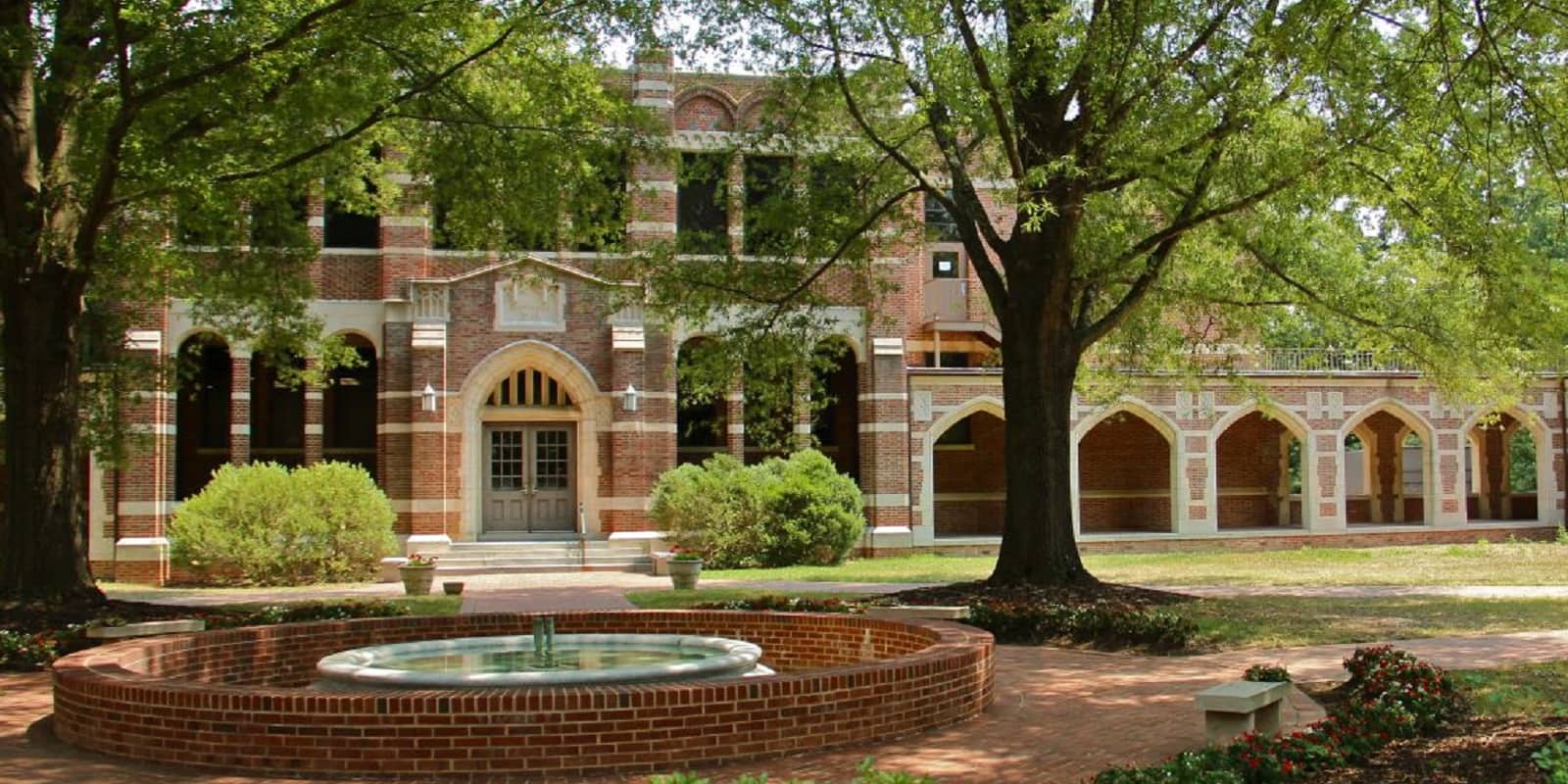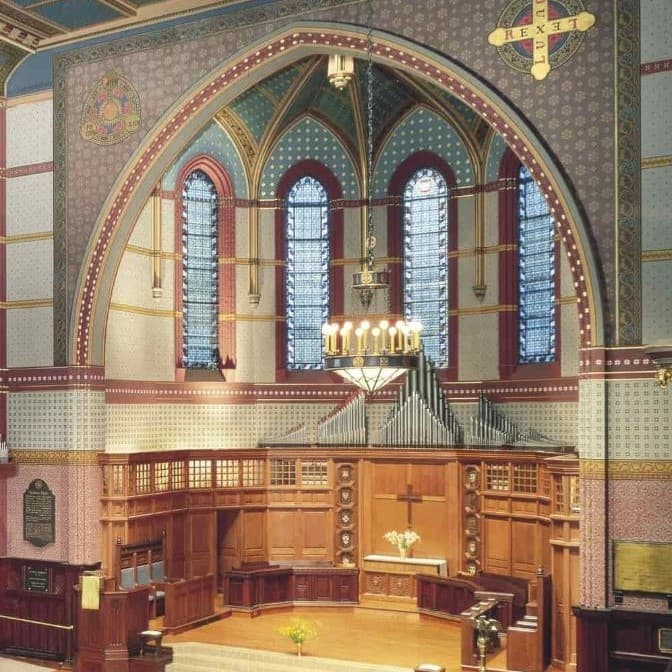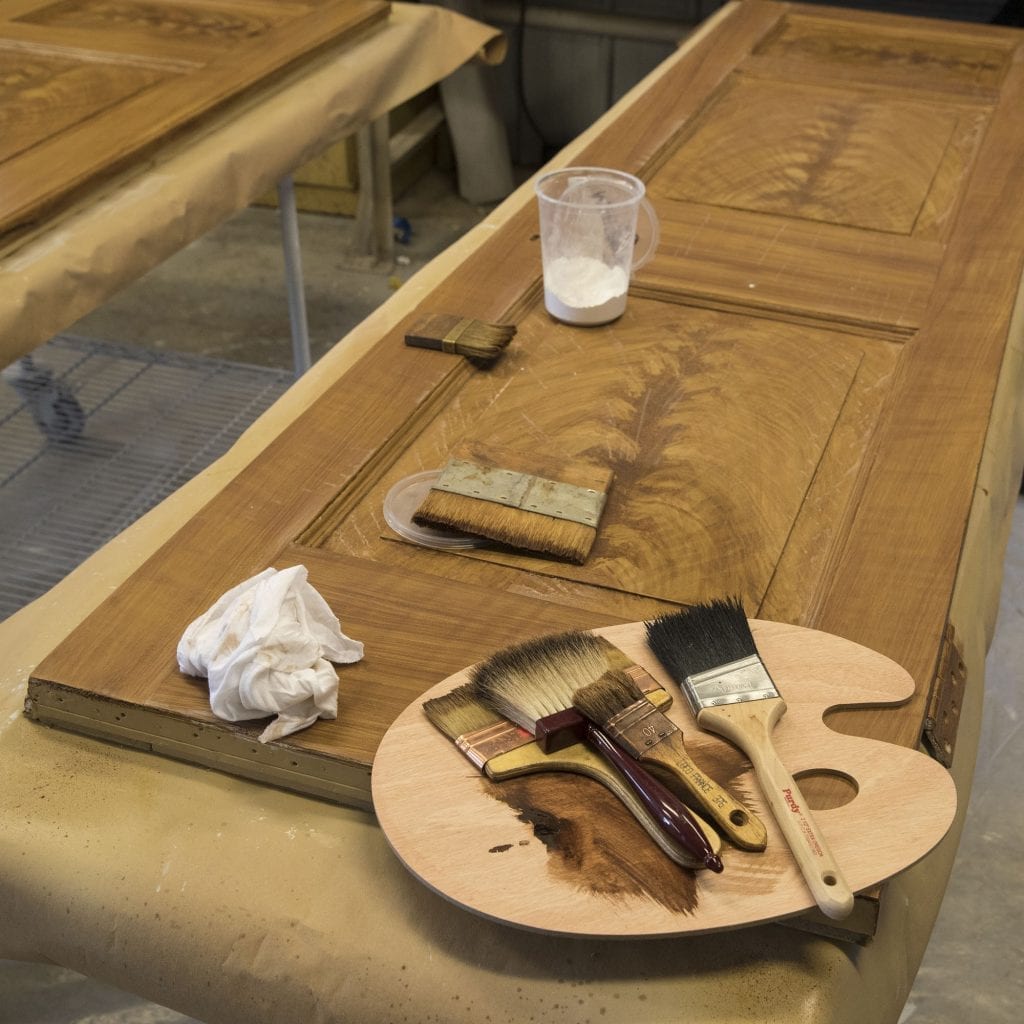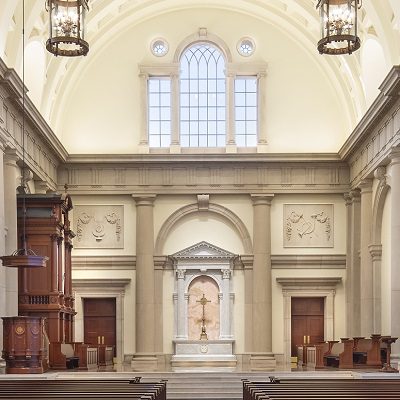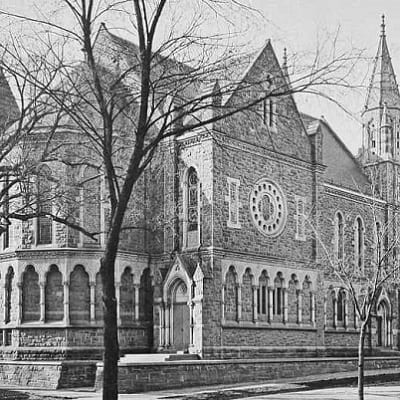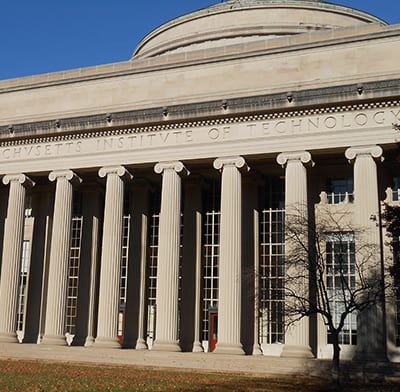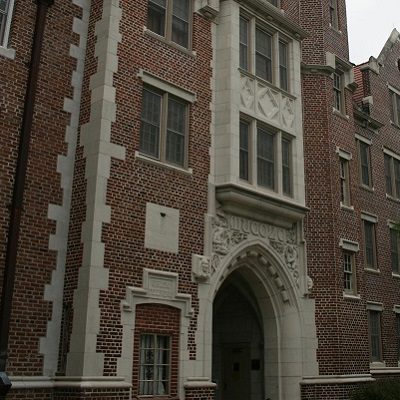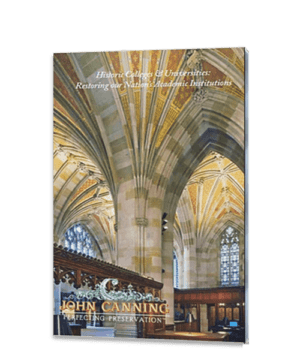Who was Ralph Adams?
Ralph Adams Cram was an influential architect born in the late 1800’s. Cram was best known to design within the realms of the Gothic Revival architectural style and over his lifetime had famously designed many buildings including residences, libraries, academic buildings as well as churches and religious buildings. While Cram might be well known for his Gothic Revival style architecture, he did occasionally design within other styles.
After studying architecture as an apprentice for five years he established his own architectural firm named Cram and Wentworth with partner Charles Francis Wentworth. Over the course of ten years, Cram formed new partnerships with Bertram G. Goodhue in 1895, and then Frank W. Ferguson in 1899. The last partnership before Cram’s death was formed in 1925 when Frank E. Cleveland, Chester Godfrey and Alexander E. Hoyle were admitted under a new contract.
The business, now alternatively named Cram and Ferguson Architects, LLC, has been in practice for over one-hundred and thirty years and over time has gone on to contractually enter new partnerships since Cram’s death in 1942.
His influence and reach beyond the buildings he designed.
While Cram was famously known for his architectural designs, he also wrote several publications and books surrounding the topic of architecture and religion. Some of his published works include The Substance of Gothic (1917), Walled Towns (1919), and My Life in Architecture (1936.)
While most of Cram’s published works were non-fiction pieces that encompassed his expertise in architectural design, he did additionally produce a variety of fiction titles.
As an architectural designer who built his firm through various contracts with partners, it is important to recognize the professional associations and memberships that Cram held during his professional lifetime.
Some of the most notable fellowships include the Boston Society of Architects and the American Institute of Architects. While he was a fellow to most of the groups that he belonged to, he did hold membership status in a few groups including the American Federation of Arts and the Architectural Association of London.
Academic Architectural Designs – a look at a few of Ralph Adam Cram’s academic buildings that he designed across the United States.
UNIVERSITY OF RICHMOND: RYLAND HALL – RICHMOND, VIRGINIA
Ralph Adams Cram designed multiple buildings at the University of Richmond. Located in Richmond, Virginia, this private liberal arts college consists of mainly undergraduate students. Founded in 1830, the university still houses six of the halls that were designed by Cram in the early 1900’s.
One hall in particular that speaks to the Gothic style that Cram typically used in his designs was Ryland Hall. Ryland Hall was designed to hold the college’s library and areas for academic classes. Cram designed this hall in the Collegiate Gothic style, a sub-style of general Gothic style. The hall was constructed out of brick, stone and concrete and designed with tracery windows and traditional Gothic style decorative elements.
PRINCETON UNIVERSITY CHAPEL – PRINCETON, NEW JERSEY
The Princeton University Chapel in New Jersey blends the two types of buildings that Cram was most famously known for designing – academic and ecclesiastical buildings. Similarly to Ryland Hall, it was built in the Collegiate Gothic style in the early 1900’s. Cram was the university’s supervising architect on this project after the original chapel on the campus burned down in 1920.
The chapel is relatively small and constructed out of concrete, limestone and sandstone. Elements found within the chapel that identify with the Gothic style are its stained glass components, stonemasonry and woodcarvings.
DOHENY LIBRARY: UNIVERSITY OF SOUTHERN CALIFORNIA – LOS ANGELES, CALIFORNIA
Located at the center of the University of Southern California’s campus in Los Angeles, California, is the Edward L. Doheny Jr. Memorial Library.
Cram designed this library for the university in 1932 and it is said that the architects aimed to “create an original expression in brick and stone that would harmonize with the other buildings on campus.”
Dohney Library was quickly recognized as a landmark building in Southern California and consists of elements that identify with Romanesque and Gothic style architecture.
The stained glass windows, ornate ceilings, chandeliers and custom furnishings that make this library the incredible building that it is, help make the space feel more “cathedral-like” to all of its visitors.
To this day, this campus library still holds conferences, performances, exhibitions and many more events.
LOVETT HALL: RICE UNIVERSITY – HOUSTON, TEXAS
Rice University is a private research college located in Houston, Texas. The university was established in 1912 and named after its founder, William Marsh Rice.
Lovett Hall, an administrative building situated on the university’s campus, was constructed for the initial opening of the institution and continues to serve the campus in the current day.
When Cram designed this building, he drew from Mediterranean architecture and used it as inspiration for the colorful neo-Byzantine brick and stone that cultivated a sense of importance and intent. The creative intent that fueled the construction of this iconic building in Houston paved the way for it to remain significant within the city’s history.
SOUTH DINING HALL: THE UNIVERSITY OF NOTRE DAME – NOTRE DAME, INDIANA
Located just north of South Bend, Indiana, Notre Dame University is a well-known institution that was founded in 1842.
The South Dining Hall received its name when an additional dining hall was opened on the campus in 1957. The buildings were named North and South Dining Halls relative to their respective geographical positions on the college’s campus.
Cram masterfully designed the South Dining Hall in a collegiate Gothic style, making sure to include arched windows and intricate woodwork. The hall still serves over eight thousand undergraduate students that attend the institution in the present day.
LEGACY AFTER DEATH
Ralph Adams Cram died on September 22nd, 1942 at the age of 78, in Boston, Massachusetts and his legacy in the architecture and design industry remains prominent. Cram & Ferguson Architects carries on his mantle designing high quality construction for various sectors including academic, worship and historic preservation. Offering services including planning, new building design, preservation, restoration and renovation of historic structures as well as assisting non-profit and municipal institutions with grant writing for historic preservation.
Cram is a significant figure in architecture and has made a lasting impact with his famous collegiate architecture (among others), most of which still stands and serves today.

